Best Restaurants in Cornwall: Our Local Guide
The perfect destination for a foodie break, Cornwall is home to some of the UK’s most loved restaurants. A...
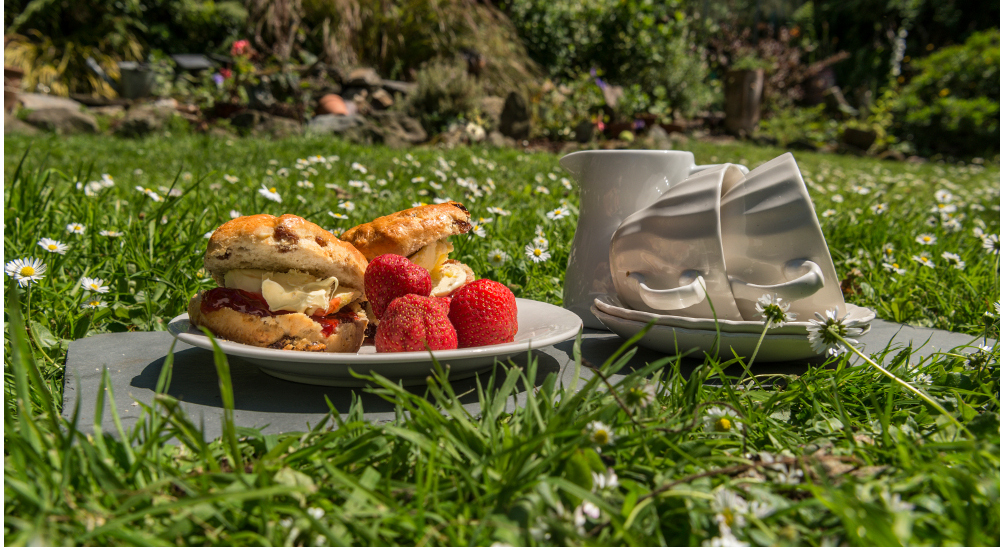
Cornwall is known for many things; surfing, smugglers and sea views, to name just a few. But the region is also renowned for its traditional dishes.
Here we have compiled a list of some of Cornwall’s time-honored delicacies, ranging from the sumptuous cream tea (jam then cream of course!), the delicious Newlyn Crab and the crunchy Cornish fairings.
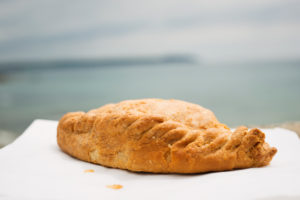
We couldn’t start the list without referring to the revered Cornish pasty now, could we?
The Cornish pasty is a traditional Cornish food that has been eaten by miners for centuries (the earliest literary mention of the pasty is in Chaucer’s Canterbury Tales, which was written in the 14th century – so it has quite the pedigree). Cornish migrants also took the dish with them upon settling in Michigan in the 19th century, and nowadays it is seen as the unofficial state dish.
The European Union awarded the Cornish pasty protected status in 2011, stating that a genuine Cornish pasty must be made in Cornwall and adhere to certain rules relating to ingredients and crimping.
Take a look at our post listing 5 of the Best Pasty Makers in Cornwall and sample this delicious Cornish dish.
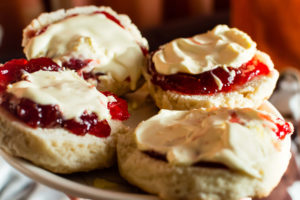
The second Cornish dish in our list is a contentious one – the cream tea.
A staple of the South West, the cream tea consists of a scone filled with clotted cream and fruity jam, accompanied by a pot of tea. Doesn’t sound too controversial, does it? However, it is the order by which you layer your cream and jam that is important.
In Devon, cream then jam is common practice, whereas Cornwall it is jam then cream.
Take a look at our post on Vegan places to eat in St Ives for a great spot to get a Vegan Cornish Cream Tea.
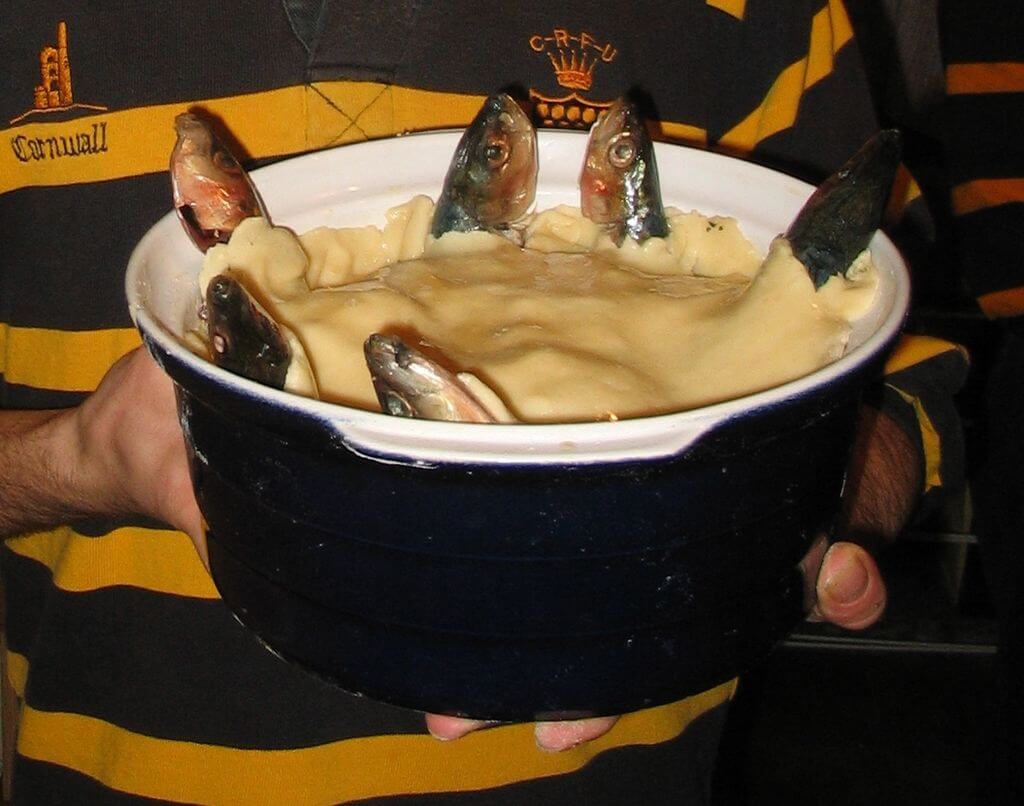
An iconic dish in Cornish culture, Stargazy pie (or Starrey gazey pie) allegedly dates back to Mousehole in the 16th century.
The pie is made from pilchards (or sardines), spices and pastry, with the pilchards’ heads sticking out of the crust, as though looking at the stars.
According to local legend, Stargazy pie celebrates the bravery of a local fisherman named Tom Bawcock, a Mousehole resident. The story goes that one winter terrible storms meant that the fishing fleet couldn’t sail, and therefore couldn’t catch any fish. The village was close to starvation when Tom Bawcock headed out into the dangerous seas. When he returned he had caught enough fish to feed the entire village. These fish were all baked inside an enormous pie, with the heads sticking out to prove that there were fish inside.
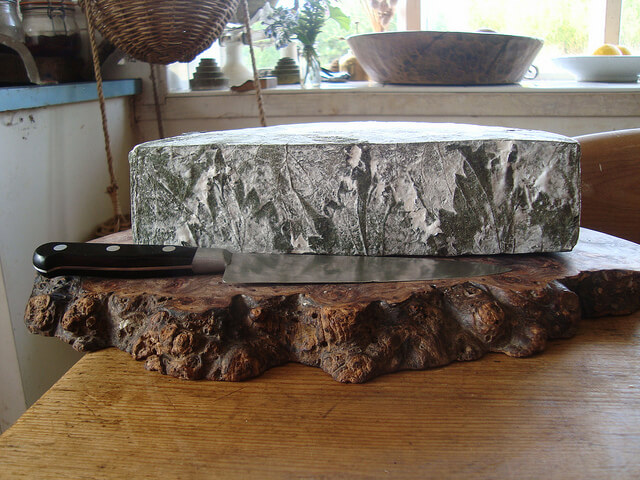
Cornwall produces a vast amount of cheese – 60 varieties to be exact – but the most well known would be Cornish Yarg.
Cornish Yarg is a semi-hard cheese made from cow’s milk. It is often likened to Caerphilly cheese. Yarg is wrapped in nettle leaves which develop into an edible rind, with any stings removed by freezing the leaves first.
A common pub quiz question is how Cornish Yarg got its name. Bodmin Moor farmer Alan Gray, who reintroduced the cheese from a 17th century recipe he found in his attic in the 1980’s, named the cheese after himself . “Yarg ” is “Gray” backwards. The cheese is exclusively produced by Lynher Dairies, located near Truro.
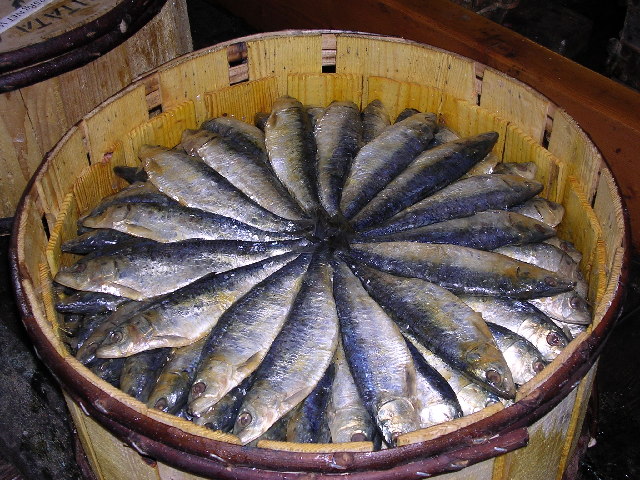
Mining and fishing were the backbones of Cornish industry for centuries. When it comes to the latter, pilchards in particular were what Cornish fishing fleets were famous for.
These oily fish may not be to everyone’s taste, but they have a strong legacy in Cornwall. Many of the popular fishing villages came into being due to the demand for pilchards in the 18th and 19th centuries, examples would be Mousehole, Mevagissey, St Ives and Polperro.
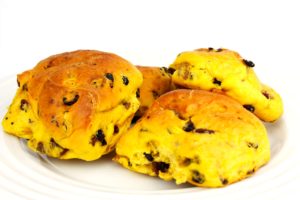
Saffron buns are fairly similar to other tea cakes found throughout Britain; a bun delicious bun with plenty of currants. The main difference with Cornish saffron buns is that this particular tea cake is made with the spice saffron. Saffron not only gives the bun its distinctive yellow colour, it also adds a subtle and delicate flavour.
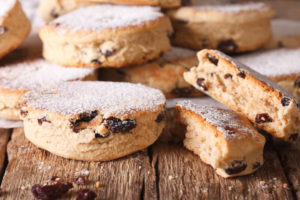
Hevva Cake, sometimes known as ‘heavy cake’, is a traditional Cornish treat that dates back to the days of the Pilchard industry. It was made with copious amounts of milk, sugar, lard, butter and raisins.
During the height of the Pilchard industry, it would be eaten in celebration of landing a catch. The cake traditionally would have a criss-cross pattern on the top to represents the fishing nets.
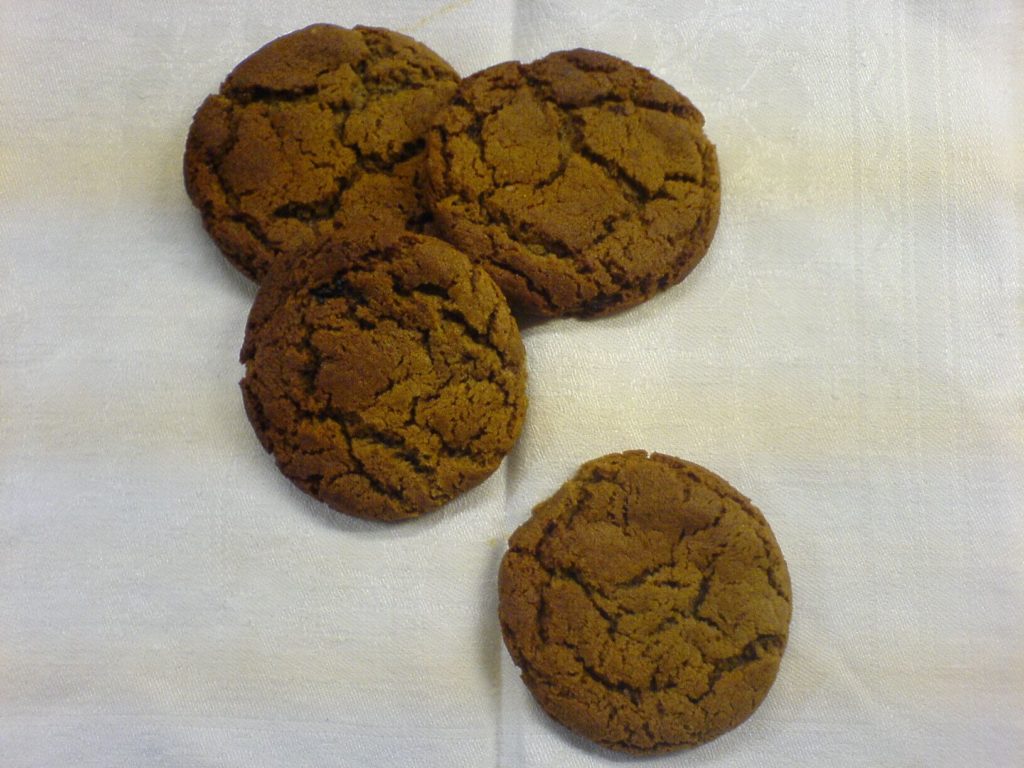
Cornish fairings are traditional ginger biscuits from Cornwall. They were popular sweet snacks that you would buy for children or sweethearts at fairs, made out of butter, flour, caster sugar, combined with mixed spice, ginger, cinnamon and golden syrup.
The first recorded mention of Cornish fairings can be dated back to the 1100’s. However they became extremely popular in the 1800’s due to a Truro based baker named Furniss. They began to produce fairings on a much larger scale and were able to send supply them to countries over seas.
100 years later and Furniss still produce Cornish fairings and are the only bakery licensed to make the traditional biscuits.
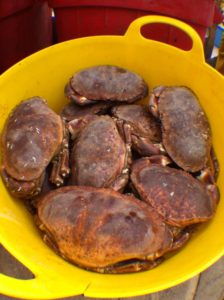
You can sample freshly caught at many fishing ports along the Cornish Coast, but there is something extra special about Newlyn Crab.
Newlyn is a small settlement close to the bustling town of Penzance, in West Cornwall. Newlyn crabs are sold around the world due to their high quality.
Taking a trip to the heart of West Cornwall’s fishing scene features on our list of best things to do in Penzance. Newlyn Fish Market has been in operation for hundreds of years and is a staple of the local economy.
Images Courtesy of: Zangar (CC-SA 3.0); Rose of Academe_ (CC BY-ND 2.0); Richard Greenwood (CC BY 2.0); Foodista (CC BY 2.0); Wapster (CC BY 2.0).